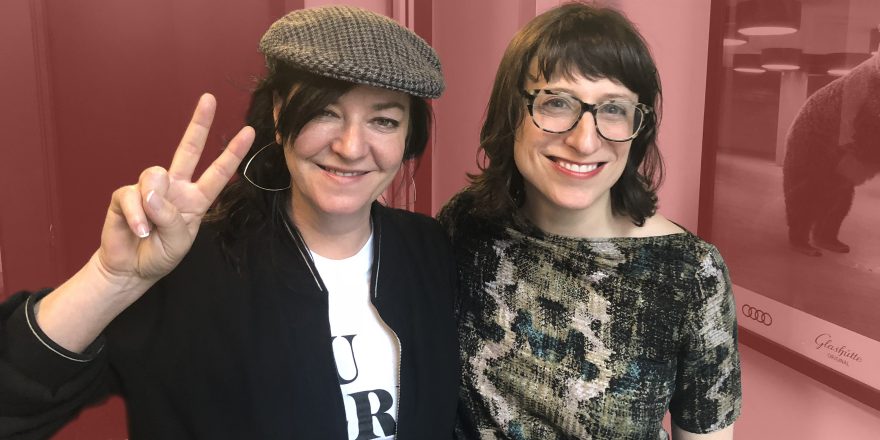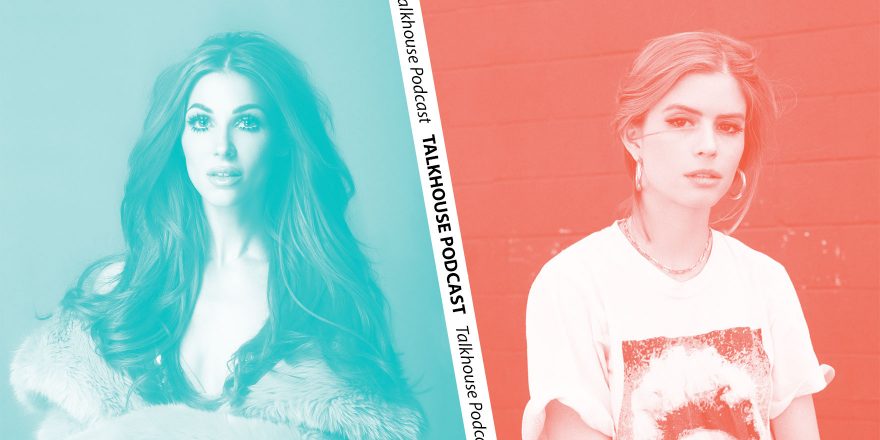When you Google “genius directors,” the usual suspects recur on endless pages of lists, most of whom are recognizable by their last names alone: Kubrick, Nolan, Bergman, Kurosawa, Scorsese (oh my!). At the top of the search results, Google itself summarizes the internet with 25 faces of various Great Men filmmakers. (Mostly, as it were, Great White Men. Cue Jaws score.)
To further test my hypothesis, I asked ChatGPT which directors were geniuses. Perhaps everyone’s favorite robot would synthesize the work of filmmakers throughout history in a way that gave acclaim equal weight to fame? Naturally, it went the way of film bro meme accounts and cinema listicles: Nolan, Tarantino, Spielberg, Scorsese, Hitchcock.
The list could go on, and believe me, it does: Andrei Tarkovsky. Paul Thomas Anderson. David Fincher. Park Chan-wook. Steven Soderbergh. Alfonso Cuarón. Spike Jonze. Ang Lee. Alejandro Iñárritu. Wes Anderson. On a list of 100, you might see a few cursory mentions of women, virtually none of whom are women of color. In the world of film and far beyond, genius is equated with maleness.
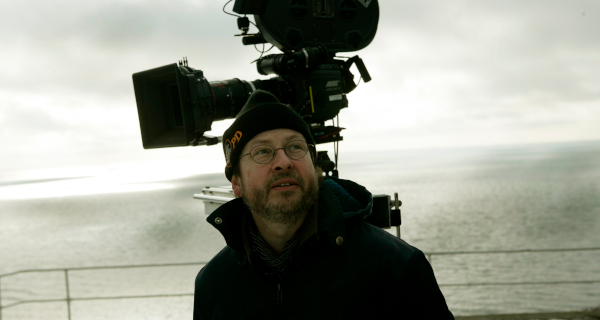
In fairness, many of the Great Men really are great. I’d be lying if I didn’t admit my own favorites skew heavily male and white: PTA, Michael Haneke, Krzysztof Kieślowski, Lars von Trier, David Cronenberg and Yorgos Lanthimos all rank at the top of my favorites list. I like dark, challenging directors, and, to my own chagrin, the majority of them heretofore have been men – mainly, of course, by virtue of the fact that women have simply not been given opportunities to direct even close to as many films. In 1998, out of the 250 top-grossing films, only nine percent were directed by women; that number was only up to 18 percent by 2022.
But Lynne Ramsay’s filmography is just as artful, painful and brilliantly executed as the work of any of my other favorite directors. Sofia Coppola’s The Virgin Suicides and Lost in Translation taught millions of young people what cool was; to say nothing of Kathryn Bigelow or Jane Campion, the two women whose names occasionally come up in the sea of men. The Wachowski sisters defined a generation. And for all of the Cronenberg and Lars von Trier films I’ve loved, Julia Ducornau’s Raw and Titane are just as visceral and stirring – and small filmographies didn’t stop anyone from assigning the title of “genius” to Ari Aster after he’d only made Hereditary and Midsommar.
Andrea Arnold’s films have won the Jury Prize at Cannes three times, and she’s also won an Oscar. Celine Sciamma’s movies have garnered her multiple awards at Cannes and beyond; Claire Denis, Lucretia Martel and Chloe Zhao are similarly acclaimed. Julie Dash’s 1991 Daughters of the Dust (which inspired Beyoncé’s Lemonade) and Dee Rees’ 2011 Pariah, critically acclaimed Sundance films, were both selected for the National Film Registry by the Library of Congress for their cultural significance. Why do filmographies like these not earn the filmmakers the same reverence?
Of course, it’s difficult and rare to make something brilliant or widely acclaimed, no matter who you are. So when such a tiny number of women auteurs have been able to make films, with men having a century-long head start to stake their claims as directors, naturally fewer will be hailed as iconic. Game-changing. Genius. Great. But what about when they are just as brilliant? Do we perceive those films differently, because of who made them?
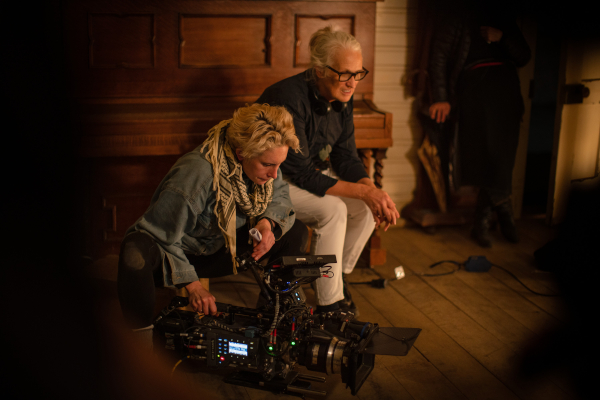
I would argue yes. One study found that, as early as kindergarten, affluent white boys, despite academically being outperformed by girls, were perceived by other students – as well as their teachers – as more intelligent, particularly in higher-level classes, where they were given more leeway to disrupt the class without consequences. The more the boys were allowed to dominate the class, the more they were regarded as extra smart. Girls in the study grew less confident in their public speaking skills and participated less than the boys, which gradually led to boys’ dominance in the classrooms – and students viewing boys as more “exceptionally intelligent than girls.” Why? Studies show that confidence is likely to be received as intelligence, even when that person’s IQ does not measure up. (It’s worth noting that in lower-level classes where boys were treated with more discipline, boys of color experienced diminished confidence and were perceived as less intelligent. Girls in those classes were perceived as smarter – but still not exceptionally so.)
These biases persist throughout life. The difference in male and female perception of men’s intelligence, without actual IQ differences, is so well-studied that there’s a term for it: the male hubris-female humility problem. A 2009 OKCupid poll showed that 46 percent of men indicated they were geniuses (30 percent of women answered the same way). A staggering 90 percent of Americans polled by Edelman Berland said they thought geniuses tend to be male. And it’s not just men who think so: that poll showed 93 percent of men and 87 percent of women held that opinion. 29 percent of respondents in that survey also thought Donald Trump, a self-proclaimed “very stable genius,” to be an actual genius.
There is no disparity in talent or intelligence among genders in creative fields, but there is a striking disparity in how their value as artists is perceived. Take a look at the art world. In one study, in which average Americans were shown sets of two very similar paintings from various points in history, one painted by a man and one by a woman, 54 percent of the group preferred the paintings by women. But when given the names of the artists to infer their gender, the participants assumed the work painted by the person with the male-sounding name was more famous and worth more money. Another study showed that genderless, computer-generated paintings, when attributed to a woman, were valued lower than the art attributed to men. Even though they were all made, you know, by a computer.
OK, but what about film directing specifically? USC recently conducted a study analyzing 1,488 films made between 2007 to 2022, and discovered that men’s films averaged a 55 percent score on Metacritic –compared to women’s slightly higher average of 57 percent. And it’s not just critics’ bias: in 2017, Slated’s Filmonomics data determined that female directors generate “nearly the same ROIs as men on larger budget movies.” Smaller budget films helmed by women directors performed worse, but also received significantly less investment than male-led films in the same bracket from the beginning, including being shown on fewer screens. This fact, says Slated, “implies an institutionalized lack of financial commitment that starts from the developmental stages of a film’s life and extends all the way through to its theatrical exhibition. If the playing field were evened out, data tells us that women would more than hold their own in the marketplace regardless of genre, budget, choice of material or job title.”
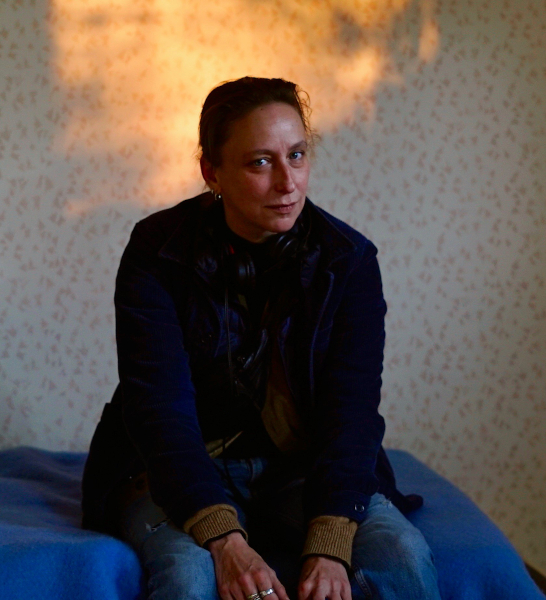
Funding a film will always be an enormous risk. But no artist achieves brilliance without being allowed to take risks. Slated determined that female directors are on average three years older when making their first breakout indie, four years older when hired for their first U.S. studio film, and must wait 2.2 years longer between those two career milestones than their male counterparts. There is less room to experiment – less room to be a genius – when you simply aren’t getting the opportunity to make the art in the first place. We’re getting closer, but the money is not where their mouths are. Not yet.
Even if matters have improved, and hopefully continue to do so, why has our language around brilliance in filmmaking, and who is deserving of that descriptor, not caught up? Will Greta Gerwig save us? I sure hope so. Will she be treated with the same reverence as men in her league, despite making films that seem to be for women (as Nora Ephron, unforgivably, never was), and make it onto the hallowed genius lists? Time will tell.
In the meantime, here is my plea: finance films led by women and others in marginalized groups. Interrogate who you do and don’t instinctively perceive as brilliant, and why. Shout to the rooftops about the excellence of your favorite women directors. And please, for the love of god, call Lynne Ramsay a genius.
Maybe, one day, someone will say it about me.
Featured image shows Lola Blanc as photographed by Liz Bretz.







